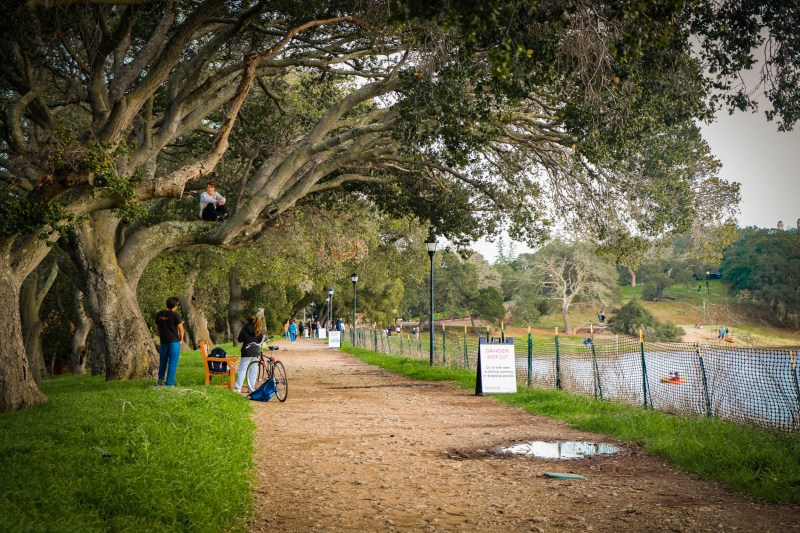Daylight saving time (DST) began early this Sunday morning at 2 a.m., rolling the clocks forward an hour to allow for an extra hour of evening sunlight. The change stole an hour of sleep from everyone in the nation, save for those residing in Arizona, Hawaii and a few U.S. territories that opt out of DST. While Californians have voted to allow the legislature to abolish the time change, so far, the state has not ditched DST, and this shift still affects Stanford students amid dead week.
Daylight saving time originated in the early twentieth century out of a desire to conserve fuel in the winter, according to Michael Downing, author of “Spring Forward: The Annual Madness of Daylight Saving Time.” Soon, lawmakers realized that an extra hour of sunlight meant more money for malls, shopping centers and sports and recreation industries.
Despite these proclaimed benefits, daylight savings has a dark side. A study of over 700,000 car accidents found a 6% increase in fatal car accidents the week after DST enters into effect. The American Academy of Medicine stands “unequivocally” against daylight saving time, claiming that the change is associated with cardiovascular morbidity, the coexistence of one or more cardiovascular diseases within a patient.
Stanford human biology major Meghan Jin ’24 said that she’s heard that daylight savings is “really bad for your circadian rhythm,” a claim backed by the National Institute of Health, which writes that DST can cause circadian misalignment.
Stanford Medicine notes that this shift is particularly problematic for children. “Their circadian rhythms get used to a regular sleep-wake time, so when the clock suddenly springs forward, it feels like 7 p.m. instead of 8 p.m., and kids struggle to feel sleepy at the ‘right’ time,” said Caroline Okorie M.D. in a blog post for Stanford Medicine Children’s Health.
And it’s not just children who feel a negative impact on their sleep.
“I woke up this morning and I didn’t want to go to classes,” said Patrick Kim ’24. But Kim admits that he can see the bright side of DST. “My friend told me recently that after daylight savings you have more daylight,” he said. For Kim, learning about the extra hour of daylight was a key positive effect of DST.
Venus Porras ’23 M.S. ’25 is less forgiving.
“Do you want a scathing review [of daylight savings]? It literally makes no sense,” she said. American lawmakers are divided over whether or not to abandon the idea of daylight savings. But if daylight saving time goes away, students have strong preferences for which schedule they stick to.
Agustin Otero ’24, for one, prefers this current, sprung-forward version of the clock.
“I think [DST] is great in the summer and terrible in the winter,” he said. “I don’t care if it’s dark in the morning in the winter.”
Despite overwhelmingly negative public opinion about daylight savings and new legislation to change it being introduced session after session in Congress, the current plan is for the clocks to fall back again in early November.
